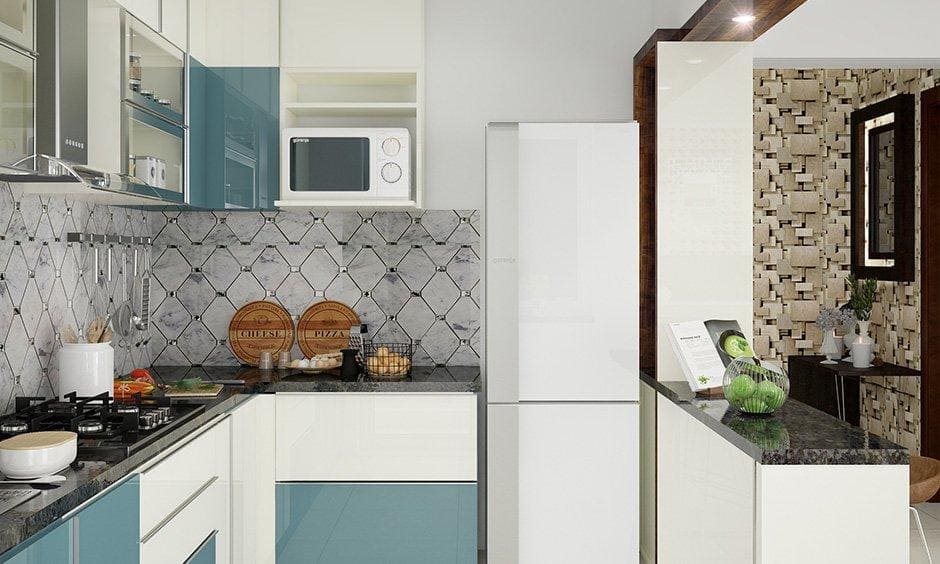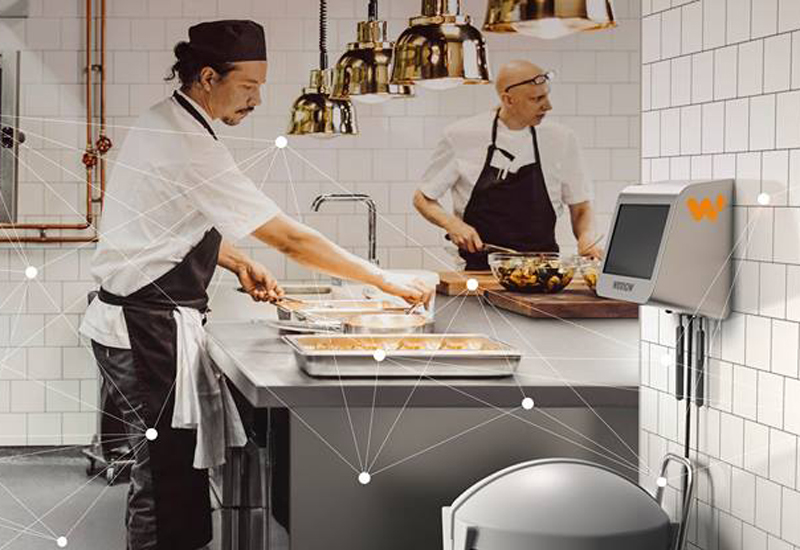In an era where technology continues to evolve at an unprecedented pace, the integration of voice assistants and the Internet of Things (IoT) is reshaping how we interact with the world around us. This seamless combination has not only streamlined our daily tasks but also transformed various aspects of our lives, from home automation to workplace efficiency.
This article delves into the fascinating world of voice assistants and IoT integration, exploring their impact on everyday life and their potential for future innovation.

The Rise of Voice Assistants
Voice assistants like Alexa, Siri, and Google Assistant have become an integral part of modern life. These digital helpers enable users to perform tasks using simple voice commands, making technology more accessible and user-friendly. As their capabilities expand, they are increasingly being integrated with IoT devices, creating a more interconnected and efficient environment.
How Voice Assistants Work
At their core, voice assistants rely on speech recognition technology to understand and process voice commands. This involves complex algorithms that convert spoken language into text, which is then analyzed to execute the desired task. The integration of artificial intelligence (AI) further enhances their ability to understand context and improve over time.
Benefits of Voice Assistants
The benefits of voice assistants are manifold. They provide convenience, accessibility, and efficiency, allowing users to multitask effortlessly. Whether it’s setting reminders, controlling smart home devices, or answering queries, voice assistants simplify everyday tasks and enhance productivity.
IoT Integration: Connecting the Unconnected
The Internet of Things refers to the network of interconnected devices that communicate and share data with each other. This interconnectedness allows for automation and remote control, transforming ordinary objects into smart devices. When combined with voice assistants, IoT integration creates a powerful synergy that enhances the functionality of both technologies.
Applications of IoT Integration
The integration of IoT and voice assistants has revolutionized various sectors, including home automation, healthcare, and industrial processes. Smart homes, for instance, can be controlled through voice commands, adjusting lighting, temperature, and security settings effortlessly. In healthcare, IoT devices can monitor patient health and provide real-time data to medical professionals, improving patient care and outcomes.
Challenges and Considerations
While the potential of IoT integration with voice assistants is immense, it also presents challenges. Security and privacy concerns are paramount, as interconnected devices may be vulnerable to hacking and data breaches. Ensuring robust security measures and user privacy is crucial to the successful implementation of these technologies.
Transforming Homes with Smart Technology
Smart homes are at the forefront of IoT integration, and voice assistants play a pivotal role in enhancing their functionality. From controlling lighting and thermostats to managing security systems, voice-enabled IoT devices offer unparalleled convenience and control.
Smart Home Devices
The market is flooded with a wide range of smart home devices that integrate seamlessly with voice assistants. These include smart speakers, thermostats, locks, cameras, and even kitchen appliances. By connecting these devices to a central hub, users can control their homes with a simple voice command.
Energy Efficiency and Sustainability
One of the key benefits of smart homes is their potential to improve energy efficiency and sustainability. By optimizing energy usage and automating tasks like lighting and heating, smart devices can reduce energy consumption and lower utility bills. Voice assistants can play a significant role in managing these tasks efficiently.
Voice Assistants in the Workplace
The integration of voice assistants and IoT is not limited to homes; it is also transforming workplaces. From streamlining communication to enhancing productivity, these technologies are becoming essential tools for businesses.
Enhancing Communication
Incorporating voice assistants into the workplace can enhance communication by enabling hands-free calling and messaging. This allows employees to stay connected while focusing on other tasks, improving overall efficiency and reducing distractions.
Automating Routine Tasks
Automation is a key advantage of IoT integration in the workplace. Voice assistants can automate routine tasks such as scheduling meetings, sending emails, and managing to-do lists, freeing up valuable time for employees to focus on more strategic activities.
The Future of Voice Assistants and IoT Integration
The future of voice assistants and IoT integration is promising. As technology continues to advance, these systems will become even more sophisticated, intelligent, and capable of handling complex tasks.
Emerging Trends
Several emerging trends are shaping the future of voice assistants and IoT. These include improved natural language processing, enhanced security measures, and increased interoperability among devices. These advancements will enable more seamless interactions and greater personalization for users.
Potential Challenges
Despite the potential benefits, challenges remain. Ensuring data privacy, addressing ethical concerns, and managing the complexity of interconnected systems are critical areas that require attention. By addressing these challenges proactively, the full potential of voice assistants and IoT integration can be realized.
Conclusion
The integration of voice assistants and IoT is transforming our world, making technology more accessible, efficient, and user-friendly. From smart homes to workplaces, these technologies are enhancing our daily lives and paving the way for a more connected and automated future.
As we continue to embrace these innovations, it is essential to address security and privacy concerns to ensure the responsible and ethical use of technology. With continued advancements and thoughtful implementation, the possibilities are endless, promising a future where voice assistants and IoT integration become an integral part of our everyday lives.

FAQs
What are voice assistants?
Voice assistants are digital devices that use speech recognition technology to understand and execute voice commands, providing convenience and efficiency in performing various tasks.
How do voice assistants integrate with IoT?
Voice assistants integrate with IoT by connecting to smart devices, allowing users to control them through voice commands, enhancing functionality and automation.
What are the security concerns with IoT integration?
Security concerns with IoT integration include potential vulnerabilities to hacking and data breaches, making it essential to implement robust security measures to protect user data.
For more insights on voice technology, visit Forbes and learn about its impact on healthcare at AvidClan. Explore more about voice assistants, their benefits, and how they work with the Matter standard.
This article contains affiliate links. We may earn a commission at no extra cost to you.





